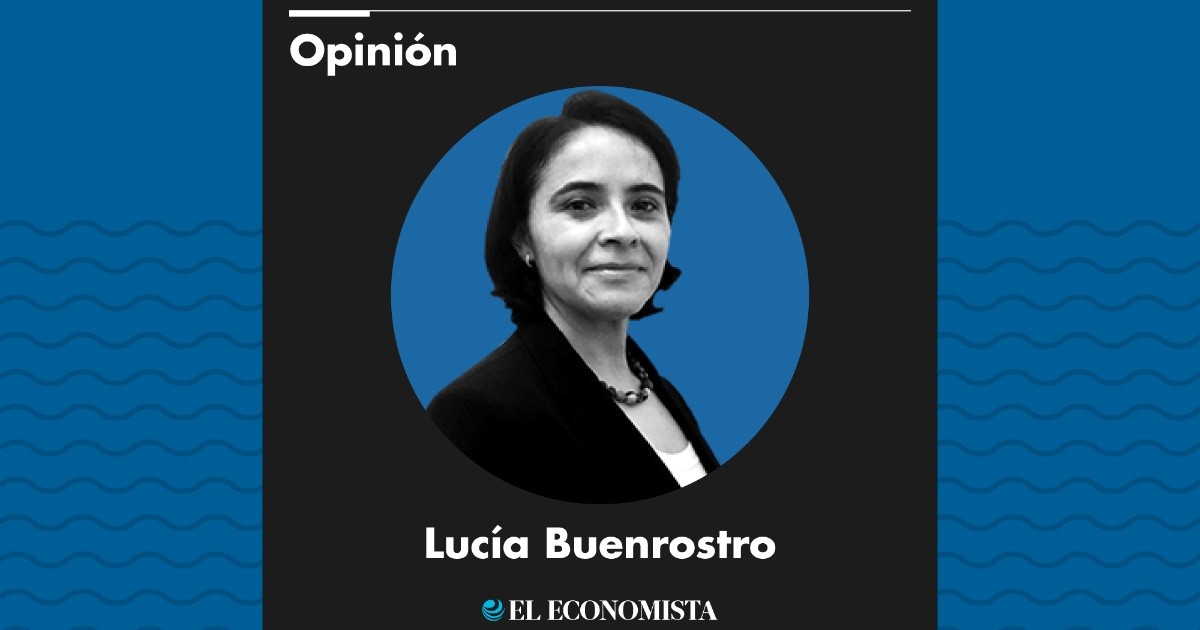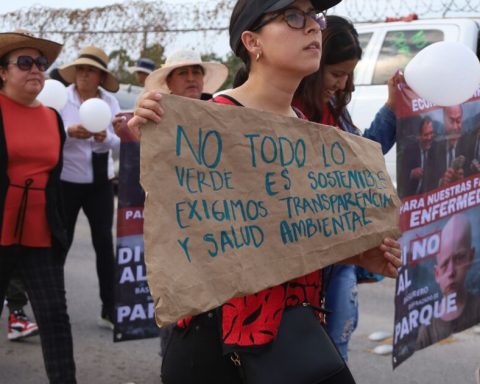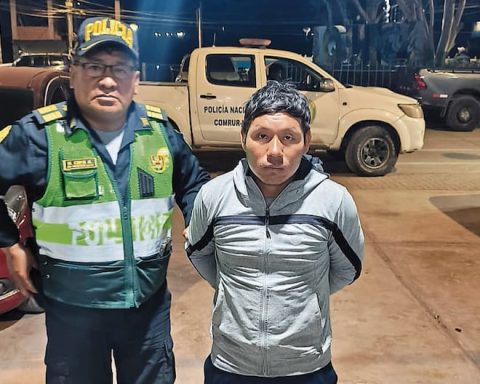The 190 countries that attended this year’s COP27 climate summit in Egypt agreed to create a new fund to compensate developing countries for loss and damage associated with climate change. The details of the new “loss and damage” fund need to be worked out, but this is a significant step towards climate justice between countries.
If it works, the new fund will provide emergency support from rich countries to countries suffering from climate damage of the kind Pakistan suffered recently. A third of the country was submerged in floods, leaving millions of people without homes or livelihoods. This is the kind of catastrophe that no realistic amount of climate adaptation measures can prevent and this new fund must support.
This “loss and damage” fund is distinct from the $100 billion per year that advanced economies pledged at COP15 in 2009 to developing countries to support climate mitigation and adaptation. The resources promised at COP15 and now at COP27 are steps towards climate justice, but more action is required. For starters, COP27 failed to make adequate progress on commitments by nations to reduce emissions at a rate that is consistent with restricting global temperatures below 1.5 degrees Celsius.
The cost of this failure will be enormous and concentrated in the most vulnerable: small island states will be submerged, parts of Africa will be cannibalized by desert, and there will be many more victims of extreme weather events. The promised economic resources will become insignificant if the climate damage is not slowed down.
Furthermore, climate justice extends to issues that go beyond cross-border financial flows. According to research from Yale University, the world produces about four times the energy required to provide a decent standard of living for each person. Put another way, we only need about a quarter of current energy production to meet the basic needs of each individual and indeed the people who consume the least energy and are therefore not responsible for climate change. , are more likely to suffer the consequences.
This gap between the energy required and that produced varies between countries and regions. The size of the gap depends on energy production capacity and the source of that energy, but also on an estimate of the energy required for basic life that will vary from country to country. For example, a person living in extremely hot or cold conditions will require additional energy for heating or cooling compared to people living in more temperate climates.
Basic needs calculations also allow for transportation needed for work, school, and other activities. In this case, what matters is the infrastructure. For example, public transportation is popular in countries like Japan, which have a good public transportation infrastructure, and less so in North America, where people have to rely on private transportation. Energy needs for transportation will be lower in regions with public transportation infrastructure. What is striking about this research is that inequality in energy use is present in every country in the world, and therefore it is the responsibility of national and local governments to address climate injustice from an energy perspective.















